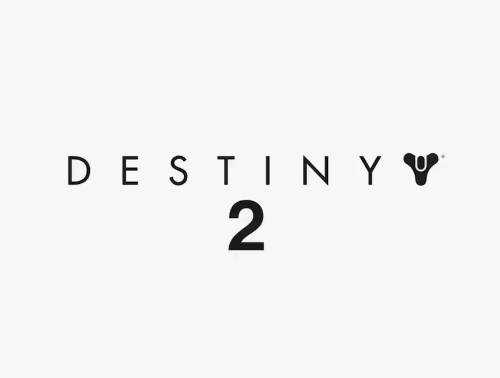Gatik AI, an autonomous vehicle startup that came out of stealth Thursday with $4.5 million in funding and Walmart as a customer, is aiming for the sweet middle spot in the world of logistics.
The company, which operates out of Palo Alto and Toronto, isn’t deploying autonomous delivery bots built for sidewalks, nor is it aiming for self-driving trucks, or even robotaxis to shuttle around people. Instead, the founders of Gatik AI are developing a business that will do short hauls of goods between businesses using autonomous light-commercial trucks and vans.
The Ford transit vehicles outfitted with Gatik’s self-driving system will drive up to 200 miles a day and stay within a city environment, co-founder and CEO Gautam Narang told TechCrunch. He believes the company can close the gap in the market through a variety of use cases, including partnering with third-party logistics giants like Amazon, FedEx or even the U.S. Postal Service, auto part distributors, consumer goods, food and beverage distributors as well as medical and pharmaceutical companies.
The strategy has attracted a number of investors and at least one major partner: Walmart. Gatik AI has raised $4.5 million in a seed round led by former CEO and executive chairman of Google Eric Schmidt’s Innovation Endeavors. Other investors include AngelPad, Dynamo Fund, Fontinalis Partners, Trucks Venture Capital and angel Lior Ron, who heads Uber Freight.
Dror Berman, a founding partner at Innovation Endeavors, is now a Gatik board member.
“There is a huge gap between autonomous Class 8 big rig trucks, which can only operate on highways, and smaller automated vehicles such as sidewalk robots and Nuro vehicles, which are restricted by operation speed, capacity, distance, and the curb. Gatik fills the critical ‘middle mile’ part of logistics, which is only becoming more valuable as a layer in the $800 billion logistics ecosystem,” said Reilly Brennan, founding general partner at Trucks Venture Capital.
The capital will allow Gatik — the name means progressive or speed in Sanskrit — to expand its team and launch additional commercial services this year.
Narang co-founded the company with his brother Arjun Narang, who is CTO, and chief engineer Apeksha Kumavat. The company has been testing its autonomous vehicle technology on public roads in California for about 18 months.
The trio, which previously founded rehabilitation robotics tech startup Maverick Robotics, contends that their autonomous vehicle technology and approach, if scaled, can reduce the cost of last-mile delivery for businesses by 50% and improve safety.
Walmart could be one such customer. Gatik didn’t provide many details about the deal with Walmart, only to say that it’s launching a service with Walmart in the coming weeks.
The U.S. retail giant has already shown it has a keen interest in autonomous vehicle technology. Last year, Walmart and self-driving vehicle company Waymo announced a partnership in Arizona. Under the test program, members of Waymo’s early rider program were offered grocery savings when they shop from Walmart.com. The riders will be able to take a Waymo car to their nearby Walmart store for grocery pickup when the order is ready.
Walmart also signed a deal in January with startup Udelv to test the use of autonomous vans to deliver online grocery orders to customers. Under the agreement, Udelv will provide its second-generation autonomous delivery van, called the Newton, to Walmart to deliver groceries in Surprise, Ariz.
Gautam Narang says third-party logistics companies are also a particularly good opportunity.
“There’s a huge push, where these companies are trying to build micro-fulfillment centers close to the customer,” Narang said. “So moving goods from a warehouse to these micro centers is one of the use cases that we’re targeting. This is perfect for scaling and commercialization of autonomous technology.”
Read Full Article

















